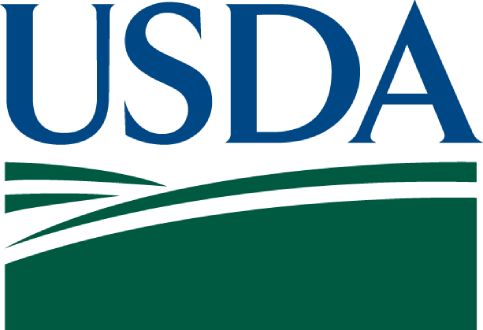Evaluation of Demonstration Projects to End Childhood Hunger: Final Interim Evaluation Report
Download
Associated Project
Ending Childhood Hunger: Evaluation of Demonstration Projects
Prepared for:
U.S. Department of Agriculture, Food and Nutrition Service
Clients

Key Findings
Key Findings:
- Prior to implementation, the rates of food insecurity in most demonstration projects were higher than the national rates of 41 percent for low-income households with children and 22 percent for low-income children in 2016.
- Kentucky had the highest rate of household food insecurity (59 percent), followed by Nevada (56 percent), Chickasaw Nation (53 percent), and Virginia (53 percent). Chickasaw Nation and Kentucky had the highest rates of child food insecurity (37 percent), followed by Nevada (35 percent) and Virginia (22 percent).
- The demonstration projects had some diversity in household income among survey respondents. More than 90 percent of households in Kentucky and Nevada had gross income at or below the poverty line, compared to 64 and 60 percent in Chickasaw Nation and Virginia, respectively.
This study—authorized by the 2010 Child Nutrition Act—tests innovative strategies to end childhood hunger and food insecurity. The interim evaluation report describes (1) the demonstration projects, (2) planning and early implementation activities, and (3) findings from the baseline data collection for four projects located within Chickasaw Nation, Kentucky, Nevada, and Virginia. A fifth demonstration project was implemented in Navajo Nation but not evaluated due to changes in program design. The demonstrations occurred during 2015-2017 and operated for 12 to 24 months.
How do you apply evidence?
Take our quick four-question survey to help us curate evidence and insights that serve you.
Take our survey
